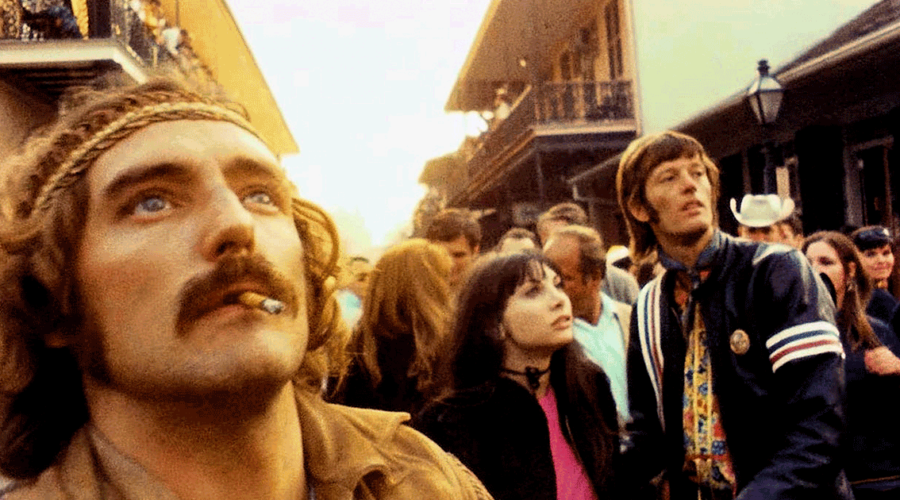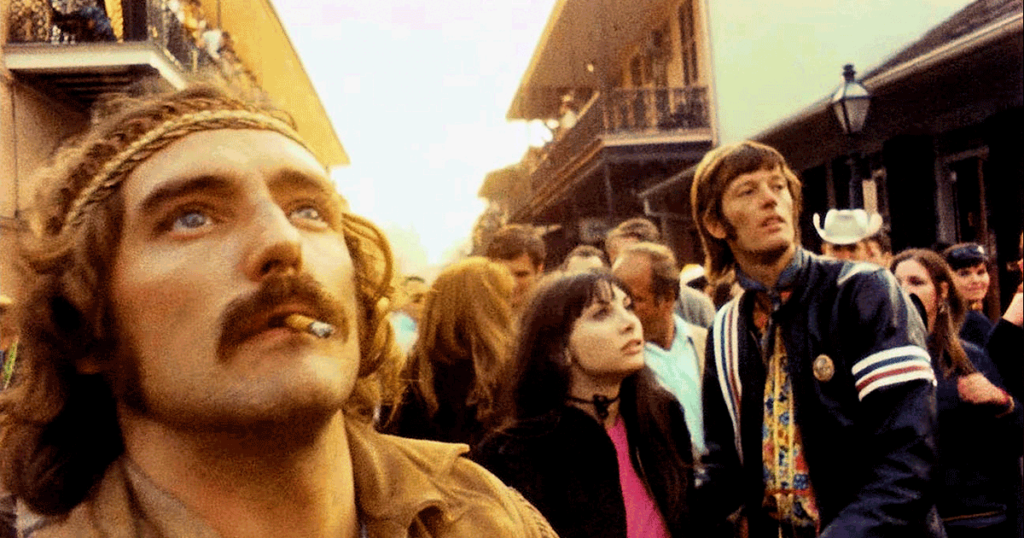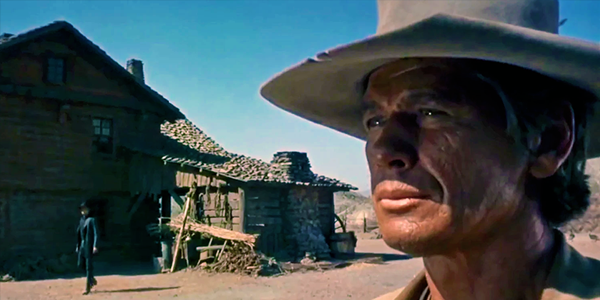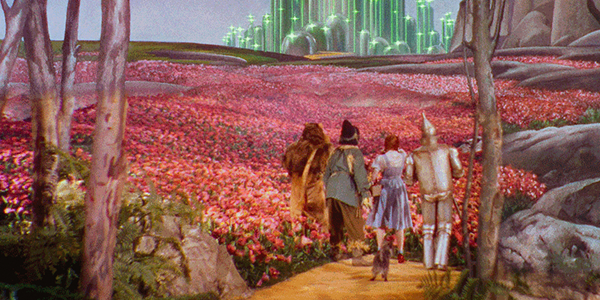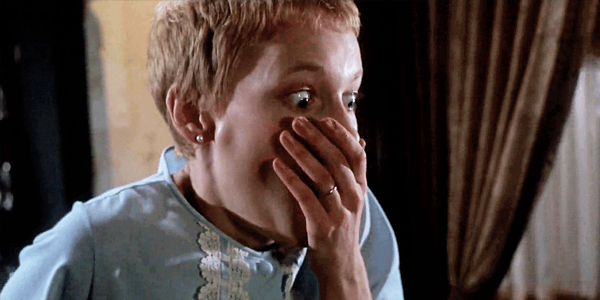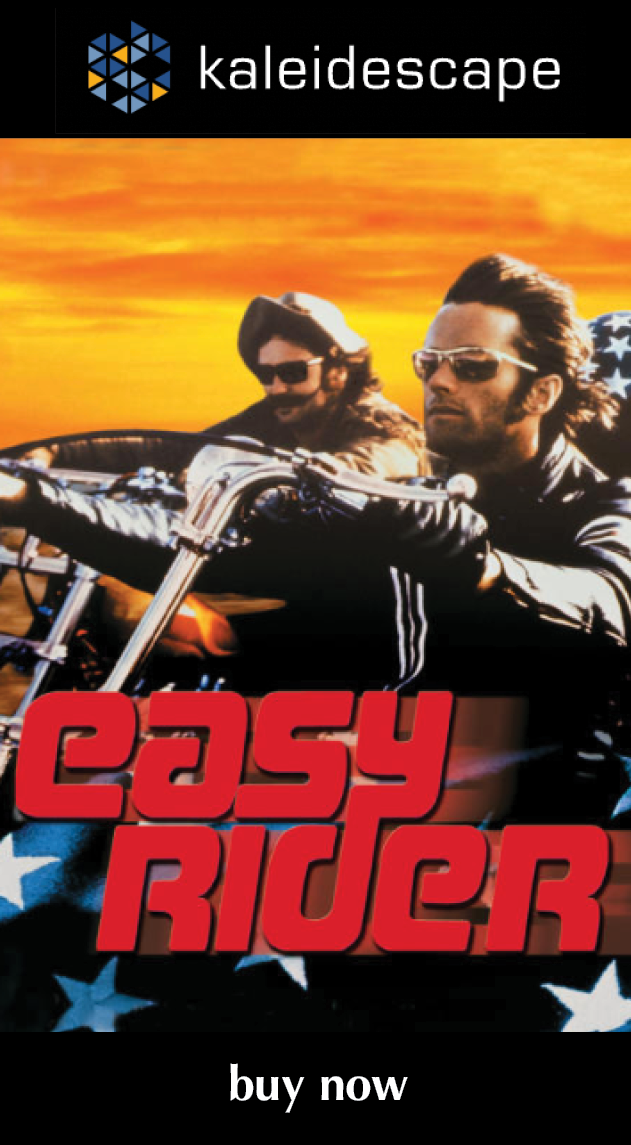Review: Easy Rider
ALSO ON CINELUXE
Sign up for our monthly newsletter
to stay up to date on Cineluxe
Helped by a 4K HDR upgrade, this counterculture classic proves to be surprisingly relevant to the present
by Dennis Burger
updated May 24, 2023
The last time I sat down to watch Easy Rider was sometime in 1990. Sixties nostalgia was in full swing since grunge hadn’t really exploded and given the burgeoning decade something resembling its own identity. I was in my late teens and the film was barely in its twenties, and yet it felt archaic to me—a time capsule, if you will. Which isn’t to say it wasn’t compelling, but I think I mostly saw Easy Rider as something akin to a 95-minute music video for some of the best tunes dominating classic rock radio at the time. And sure, I understood its lasting influence on American New Wave cinema, but it still struck me as little more than a nostalgia trip and a disjointed one at that.
Fast-forward 30 more years, and Easy Rider feels relevant to me in ways I couldn’t have imagined before digging into Kaleidescape’s 4K HDR release. For me, Easy Rider isn’t just a hop into the Wayback Machine. It’s a relatable portrait of a turbulent and divided America; of senseless violence and othering; of rage and misplaced resentment boiling over into identity politics and spilling out into interpersonal strife; of the end of an era.
And sure, it’s not quite like looking out the window—the clothing looks more like costumes and some of the characters feel more like caricatures. But, despite all that, Easy Rider still feels like it has something to say about our present moment in history for perhaps the first time since its release in 1969. (I’m reminded of a popular adage in geek culture: “All of this has happened before, and it will all happen again.” I’m also reminded of the oft-quoted observation by Marx: “All great world-historic facts and personages appear, so to speak, twice . . . the first time as tragedy, the second time as farce.”)
Part of the film’s reinvigorated applicability may have something to do with its structure—a series of loosely connected vignettes that barely add up to a plot. According to legend, most of what was left on the cutting-room floor when the film was whittled down from 220 to 95 minutes could be considered story. And what we’re left with is more of a moment-to-moment experience than anything else. And I think this forces a bit of reflection on what the film leaves unsaid: The racial tensions of the era, the conflict in Vietnam, the political infighting. Despite the fact that it doesn’t mention any of the above, all of this looms large over Easy Rider. And since they’re not explicit, it’s easy to impose some of our own sociopolitical strife in their place.
The new 4K HDR transfer also helps immensely, at least when it comes to getting immersed in the weirdness of Easy Rider. If you know the film well, you may be wondering what the enhanced resolution does for the imagery. The short answer is: Not much. In large part, really nothing. But the expanded dynamic range and enhanced color gamut bring the cinematography to life in ways home video simply hasn’t been capable of doing until recently.
I’m reminded of my observations about the new 4K HDR release of The Wizard of Oz. In similar respects, Easy Rider benefits not only from more vibrancy and purity of colors, but also from the selective intensity of primary hues. In past transfers, the entire palette had to be boosted or muted, brightened or darkened universally. With HDR, dazzling Crayola-colored reds and blues comfortably share the screen with more subdued pastels and weather-worn pigmentations, and intense flashes of light comfortably share the frame with deep shadows that nonetheless contain nuance. Peter Fonda’s flag-adorned chopper practically glows against a backdrop that’s more often than not dull and dingy. For the first time, the home video presentation of Easy Rider actually looks and feels like film, and thankfully the restoration efforts—while cleaning up dirt and scratches and other ravages of time—have done nothing to rob the footage of its wonderfully organic and grainy photochemical chaos.
Of course, there’s not much that could be done with the sound mix. The iconic soundtrack music sounds amazing in both the DTS-HD Master Audio 5.1 and stereo mixes. But the dialogue and other on-set audio still sound as if they were recorded with a couple of tin cans and some string, and there’s not much to be done about that short of egregious meddling.
The Kaleidescape download also comes with a couple of bonus goodies: An audio commentary with Dennis Hopper and an hour-long documentary from 1999 called Shaking the Cage. I would recommend skipping the former, since it provides a rather unbalanced perspective on the making of the film. Perhaps if Sony Pictures owned the second commentary track included with the Criterion Blu-ray release—featuring Hopper, Peter Fonda, and production manager Paul Lewis—it would be worth a listen.
You get everything you could want from a commentary and more from Shaking the Cage, which should be viewed as an essential companion piece—almost more like annotations for Easy Rider than a traditional making-of retrospective. You don’t get much in the way of insight into the themes and mysteries of the film, but rarely have I seen a more unbridled examination of the personality conflicts, fights, compromises, and sheer pandemonium behind the making of any film. In some ways, it’s almost more entertaining than Easy Rider itself.
Dennis Burger is an avid Star Wars scholar, Tolkien fanatic, and Corvette enthusiast who somehow also manages to find time for technological passions including high-end audio, home automation, and video gaming. He lives in the armpit of Alabama with his wife Bethany and their four-legged child Bruno, a 75-pound American Staffordshire Terrier who thinks he’s a Pomeranian.
PICTURE | The 4K HDR transfer’s expanded dynamic range and enhanced color gamut bring the cinematography to life in ways home video hasn’t been capable of until recently
SOUND | The iconic soundtrack music sounds amazing in both the DTS-HD Master Audio 5.1 and stereo mixes, but the dialogue and other on-set audio still sound as if they were recorded with a couple of tin cans and some string
© 2023 Cineluxe LLC
